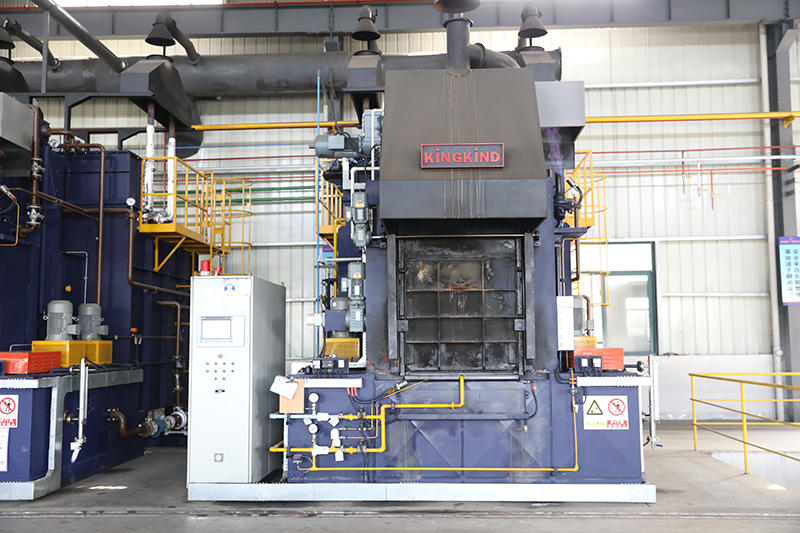A drive shaft, also known as drive shafts, driving shafts, drive-shafts, or cardan shafts is a shaft part, which rotates around an axis, driven by a shaft or shafts, for transmitting rotary force and torque. The most common drive shaft in applications where high force and/or torque are required are: axial shafts, radial shafts, and centrifugal shafts. Drive shafts are usually made of steel, titanium, brass, bronze, iron, carbon fiber, fiberglass, and other suitable materials. A variety of designs are available for use in drive shafts. It is possible to find them in different combinations and configurations. The number of teeth on a drive shaft may be varied from three to nine.
A drive shaft provides the main rotational force to the axle of a vehicle. The rotational speed of the axle can be increased, thereby increasing the speed at which the vehicle moves. Increasing the vehicle's speed also increases the weight of the vehicle. Therefore, increasing the vehicle's torque through the usage of a drive shaft greatly enhances the performance of the vehicle on a racetrack.
In engines with drive shafts, the shaft connects the drive train, the crankshaft, the main rotor, and the generator. The torque from the generator is applied to the crankshaft through the drive shaft. The term "piston" refers to a hard, flat metal shaft that rotates around an axis and thus, is the most commonly used type of drive shaft for power transmission in almost all engines.

In some automobiles, two shafts are used for power transmission. One drive shaft leads to the front engine and the other to the back engine. The difference between the two types of transmissions is the amount of torque delivered to the driving wheel. In most case, the amount of torque supplied to the rear wheels is less than that supplied to the front engine. This is because the rear engine burns fuel more efficiently than the front engine; thus, less power is transmitted to the drive train.
There are three types of driveshafts. They are shaft inlet driven, which use a single joint; inlet-outlet driven, which uses two joints; and reciprocating shaft driven, which uses three joints. A shaft inlet-outlet joint is one in which the drive shaft enters the engine from the side of the wheel. A shaft inlet-inlet joint has the shaft entering the engine from the rear of the wheel and a reciprocating joint has the shaft entering the engine from the front of the wheel.
One important component in a high-performance transmission is the yoke. The yoke, which extends past the flange on the drive shaft to a point where it intersects a sprocket at the transmission housing, is used to reduce friction and help with smoothness when changing direction of motion. The most common types of yokes are solid and slotted. However, some car models have built-in variable valve controls that can be used instead of the yoke.